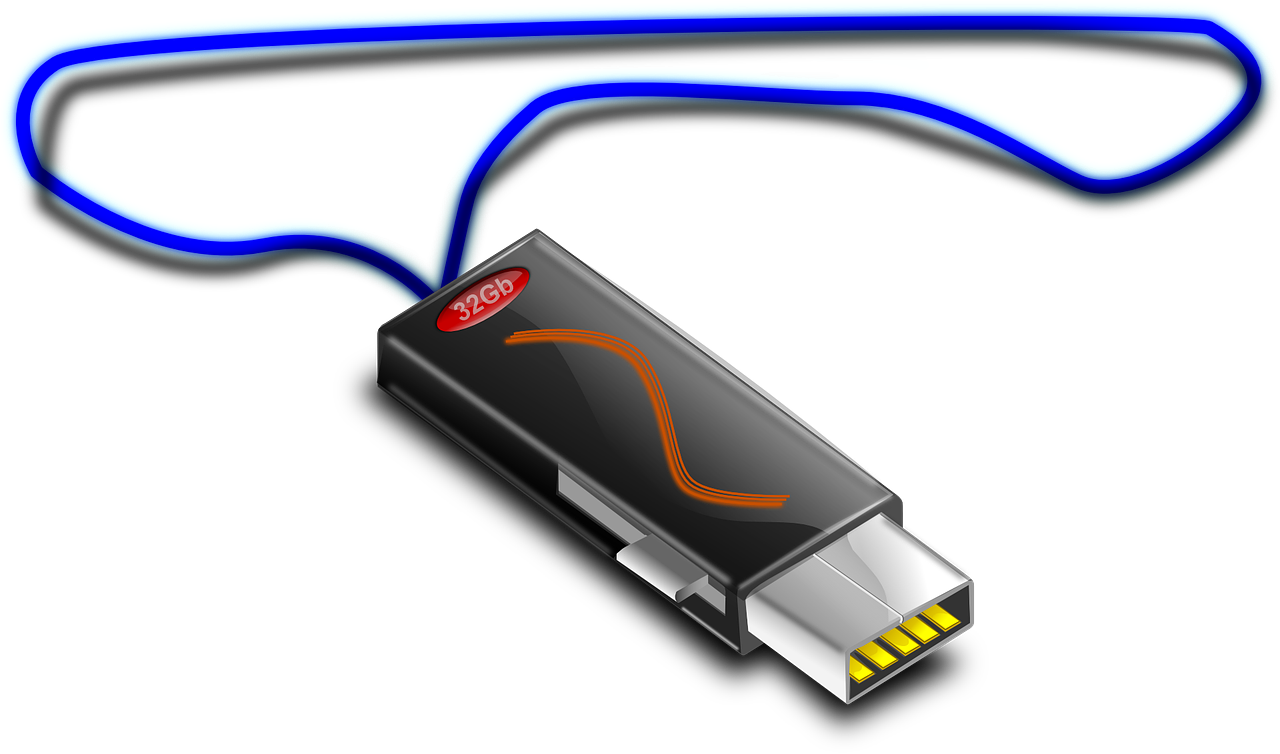


This is attributed to the impact of fragmentation on “logical” allocation of files and to a varying degree, their “physical” distribution. It’s also important to note that the interface EIDE, SCSI, SATA, i-SCSI, Fibre Channel, etc… does not alter the relevance of defragmentation.Īs this data will show, these devices do suffer from fragmentation. That exerts a heavy toll on performance - admittedly, which could be masked to some degree by the capability of the SAN hardware.īecause the purpose of fault-tolerant disk striping is to offer redundancy, as well as improved disk performance by distributing the I/O load, it is a common misconception that fragmentation does not have a negative impact.
Diskkeeper format usb flash drive windows#
So when Windows does a read, it has to logically find all those thousands of pieces, and that takes thousands of separate I/O operations to piece it all together before it is fed to the user. If you haven’t been running defrag, you will find files in thousands of pieces.
Diskkeeper format usb flash drive Pc#
Open up the defrag utility on any server or PC running and see how many fragments currently exist and the file with the most fragments. Windows has fragmentation built into the very fabric. The data may look pretty on the arrays, but to the OS, it is still fragmented. Regardless of the sophistication of the hardware installed, the SAN appears to Windows as one logical drive.

So when Windows reads a fragmented file, it has to logically find all those thousands of pieces, and that takes thousands of separate I/O operations to piece it all together before it is fed to the user. It’s also important to note that the interface EIDE, SCSI, SATA, i-SCSI, Fibre Channel, etc… does not alter the relevance of defragmentation. Because the purpose of fault-tolerant disk striping is to offer redundancy, as well as improved disk performance by splitting the I/O load, it is a common misconception that fragmentation does not have a negative impact. SANs, NAS devices, corporate servers, and even high-end workstations and multimedia-centric desktops characteristically implement multiple physical disk drives in some form of fault-tolerant disk striping (RAID). Fragmentation prevention offers significant benefits when implemented on intricate modern hardware technologies such as RAID, NAS and SANs, and all-flash.


 0 kommentar(er)
0 kommentar(er)
